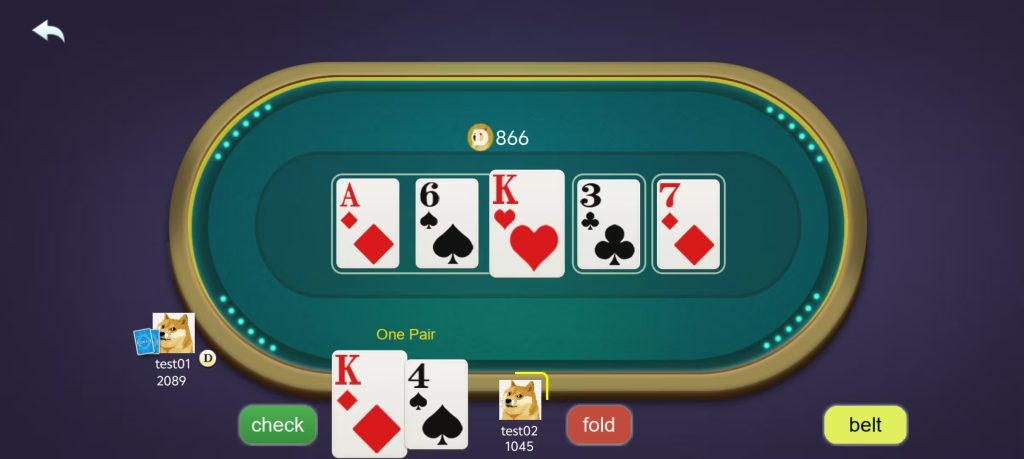1. Keep a “Stone Face”
Whether you’re holding great cards or complete trash, never let your emotions show. Any facial expression or body language could give away information and give your opponents an edge.
(Of course, if you really need to go to the bathroom, just go!)
2. Start with Strong Hands
Don’t play weak starting hands. If your hole cards are bad, just fold and wait for a better opportunity. Statistical simulations show that hands with at least a 15% win probability are worth playing.
Recommended starting hands for beginners (10-player table):
- Group 1: AA, KK, QQ, AKs, AQs
- Group 2: JJ, TT, AJs, ATs, AK, AQ, KQs
- Group 3: 99, QJs, KJs, KTs
- Group 4: 88, A8s, KQ, QTs, A9s, AJ, JTs
For 6-player tables, you can loosen up and include smaller pairs and suited connectors.
Small pairs rule: if you don’t hit a set (three of a kind) on the flop, fold immediately.
(Pro tip: Many players make the mistake of playing any suited cards or any Ace with a weak kicker in any position. Don’t do that.)
3. Position, Patience & Strong Hands: The Winning Formula
Position is critical in Texas Hold’em. The dealer button (Button) always acts last, gaining more information and thus an advantage. Players in early position are at a disadvantage, so you need stronger hole cards to play from there.
The later your position, the more hands you can play.
(Of course, with AA, KK, QQ, AK — you should raise no matter your position.)
4. After the Flop: Make Smart Decisions
Post-flop, you should either already have the best hand or a strong draw (like a flush or straight draw). If not, consider folding.
On a full table, you usually need at least two pairs or better to win.
If there are fewer players (3–4), you can play more aggressively.
5. The Turn: Go Bold
If you believe your hand is strong, don’t hesitate to bet or raise.
If someone else raises and you only have one big pair, think carefully before calling.
(Don’t overplay weak hands here — be disciplined.)
6. The River: Avoid Two Common Mistakes
New players tend to:
- Call obvious losing hands
- Fold too easily
Between the two, folding too easily often costs you more in the long run. Learn to judge the situation objectively.
7. Use Your Aggression
When you have a strong hand, take control of the pot by betting and raising.
The fewer players left in the hand, the more you should raise, not just call.
On a 6-player table, the best order of play when holding a good hand is: Raise > Fold > Call.
(In short: show confidence!)
8. Read the Board Carefully
The community cards tell a lot. Always pay attention to what the board offers and how other players react — you can often guess what the strongest possible hands are and compare to your own.
(And if there’s an attractive woman at the table — don’t get distracted. Keep your eyes on the cards!)
9. Analyze Your Opponents
Observe what kind of hands your opponents like to play and how they react — it’ll help you make better decisions. Don’t fall for cheap tricks, but also look for opportunities to bluff and exploit weaknesses.
Ask yourself:
- What does he have?
- What does he think I have?
- What does he think I think he has?
If you can think one level deeper than your opponent, you gain a huge edge.
10. Mix It Up & Stay Unpredictable
If you only ever raise with strong hands, opponents will catch on and stop paying you off. Sometimes you need to bluff with weak hands just to keep them guessing — even if you get caught, it sets you up to win more later.
At any table, you’ll find casual players who play poorly, or rich players who don’t care about losing. Learn to spot their weaknesses, and you can easily take their chips — that’s the beauty of Texas Hold’em: it’s highly profitable for smart players.


发表回复